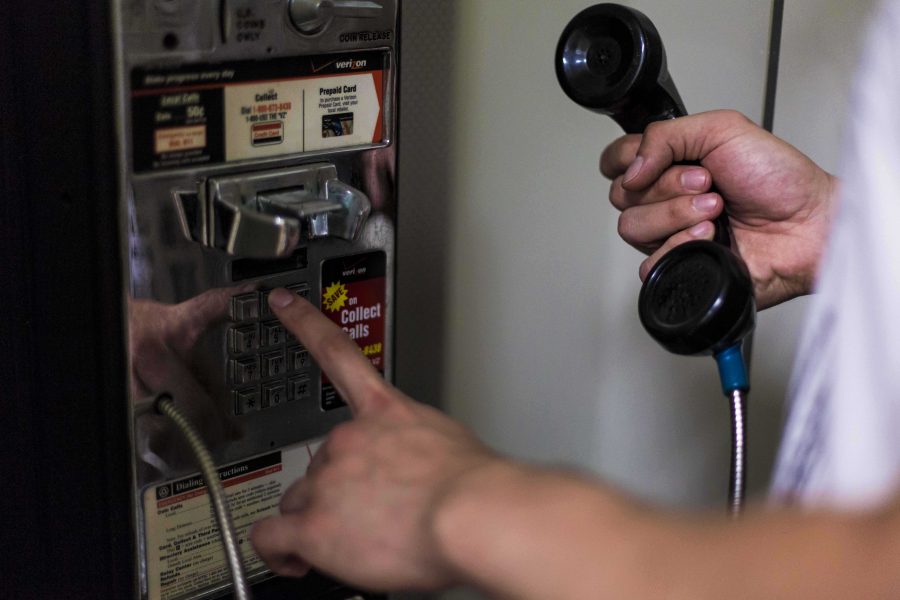Does the Bias Hotline Work?
The Bias Response Line is a phone service established in Fall 2016 to act as a confidential medium through which community members can report incidents of bias, discrimination and harassment. The resource has received favourable feedback despite only being in its pilot stages.
March 6, 2017
Both students and coordinators believe that the Bias Response Line — created in fall 2016 by the Office of Equal Opportunity — still requires improvements to become an efficient and reliable service.
According to its website, the Bias Response Line was created to provide a private and confidential tool through which members of the NYU community can report instances of discrimination, bias or harassment. Reports to the Bias Response Line are gathered and addressed by administrators in the Office of Equal Opportunity and then referred to the appropriate entity within the university.
Community members can access the Bias Response Line by completing an online form on the BRL website, calling the office or by sending an email. However, if students chooses to call, they will be met with a message recording service and they can either leave a description of their complaint or make an appointment to speak with someone in person. The Office of Equal Opportunity responds to requests within 24 hours of the next business day.
Tera Nakata and Jamie MacFarlane are the case managers for the Office of Equal Opportunity. In a joint statement, they said that the Bias Response Line was created in response to complaints from the NYU community about the lack of options for reporting concerns on equity, diversity and inclusion issues.
“After an investigation is completed, our office will make a determination as to whether or not the reported incidents constitute a violation of those policies,” Nakata and MacFarlane said. “If an individual is found to be in violation of a policy, the case is referred to other offices, as appropriate, for the administering of sanctions.”
MacFarlane said that the current structure of referrals is in place because there is no one-size-fits-all answer for the reports that come to Bias Response Line. MacFarlane also said that Bias Response Line operates separately from the Wellness Exchange and the Student Health Center but sometimes involves these entities in order to resolve specific issues.
CAS junior Amanda Davis said that because NYU can be difficult to navigate at times, services like the Bias Response Line encourage students to file complaints when necessary. However, she thinks that the service has not been promoted as much as it should be.
“I don’t see much promotional stuff about it,” Davis said. “And I would appreciate being able to talk to someone immediately after I make the call instead of having to wait 24 hours. I think they are doing a great job so far they just need time to really outfit a good procedure for the line.”
Davis thinks that filing a complaint can be daunting and that the confusing process often keeps students from attempting to file it in the first place. But, she said that Bias Response Line is successful in easing the process, because it assures students that an expert is listening.
MacFarlane said that Bias Response Line has received both favorable feedback, and suggestions on how to improve the process. MacFarlane also said the overall goal is for people to know that there is a single, effective point of contact to report instances of bias.
“The [Bias Response Line] is in its pilot phase,” MacFarlane said. “We are addressing concerns on a case-by-case basis to determine what is the appropriate response or resolution, tracking our efforts, receiving feedback from our stakeholders and considering all the information gathered so we can do the best possible job on behalf of the NYU community.”
A version of this article appeared in the Monday, March 6 print edition.
Email Olivia Roos at [email protected].















































































































































